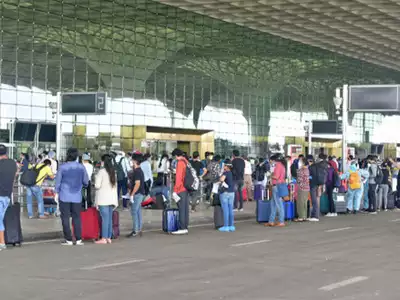If you are planning to visit India, then you must first know the types of Indian visas that are available. There are many visa types, each with its own requirements and benefits. In this article, we will discuss the different types of Indian visas and their corresponding requirements. TYPES OF INDIAN VISA
What is a Visa?
A visa is a document that permits a foreign national to enter, stay in, or leave a country. Different countries have different types of visas, which can be based on the type of visa holder (e.g., tourist, business, student), the purpose of the visit (e.g., tourism, business), or the nationality of the visa holder.
Different types of visas require different documentation from the visa holder. For example, a tourist visa requires only an airline ticket to be valid proof of entry into the country; however, a work visa requires an employment contract and other documentation proving that the person is authorized to work in that country.
Visa requirements also vary depending on the type of visa. For example, a tourist visa may only require a passport valid for six months from the date of entry into the country; however, a work visa may require an employer to provide documentation verifying that the person is authorized to work in that country.
Types of Indian Visas
There are four types of Indian visas: tourist, business, student and Employment. Each type has a specific purpose and requirements.
Tourist Visa: A tourist visa is for tourists who want to visit India for tourism purposes only. To secure a tourist visa, you must submit your passport information, an invitation letter from a travel agent or tour operator in India, and proof of funds sufficient to cover your stay in India. The visa should be valid for at least three months and must be used within six months of arrival in India. INDIAN VISA TYPES
Business Visa: A business visa is for foreigners who want to enter India to conduct business activities. To secure a business visa, you must submit an application form and evidence that you have the financial resources necessary to support your stay in India. The visa should be valid for at least six months and must be used within one year of issuance.
Student Visa: A student visa is for students who want to study in India. To secure a student visa, you must provide official transcripts from your previous schools and prove that you have the financial resources necessary to support your studies in India. The visa should be valid for at least six months and must be used within one year of issuance.
Employment Visa: An employment visa is for foreigners who want to work in India as employees of Indian companies or organizations. To secure an employment visa, you must provide documentation proving that you have the qualifications required by the company or organization you will be working for
How to Apply for an Indian Visa
If you are traveling to India, you will need an Indian visa. There are a few different types of Indian visas and each has its own requirements.
To apply for an Indian visa, you will need to visit a Indian embassy or consulate in your home country. You can find the addresses and contact information for all of the Indian embassies and consulates on the government website.
You will also need to provide some documentation when applying for an Indian visa. This includes your passport photo, a copy of your airline ticket, and copies of any documents that support your travel to India, such as your hotel reservations or rental car agreement.
There is no minimum age requirement for applying for an Indian visa, but you must be 18 years or older to travel to India on a tourist visa.
Conclusion
If you are planning to visit India, it is important to know the different visa types available so that you can make the most informed decision. There are four main types of Indian visas: tourist, business, work and student. Each type has its own specific requirements that must be met in order for your application to be approved. Make sure to investigate all of your options before making your trip so that you know exactly what you need and don’t need when applying for a visa.
